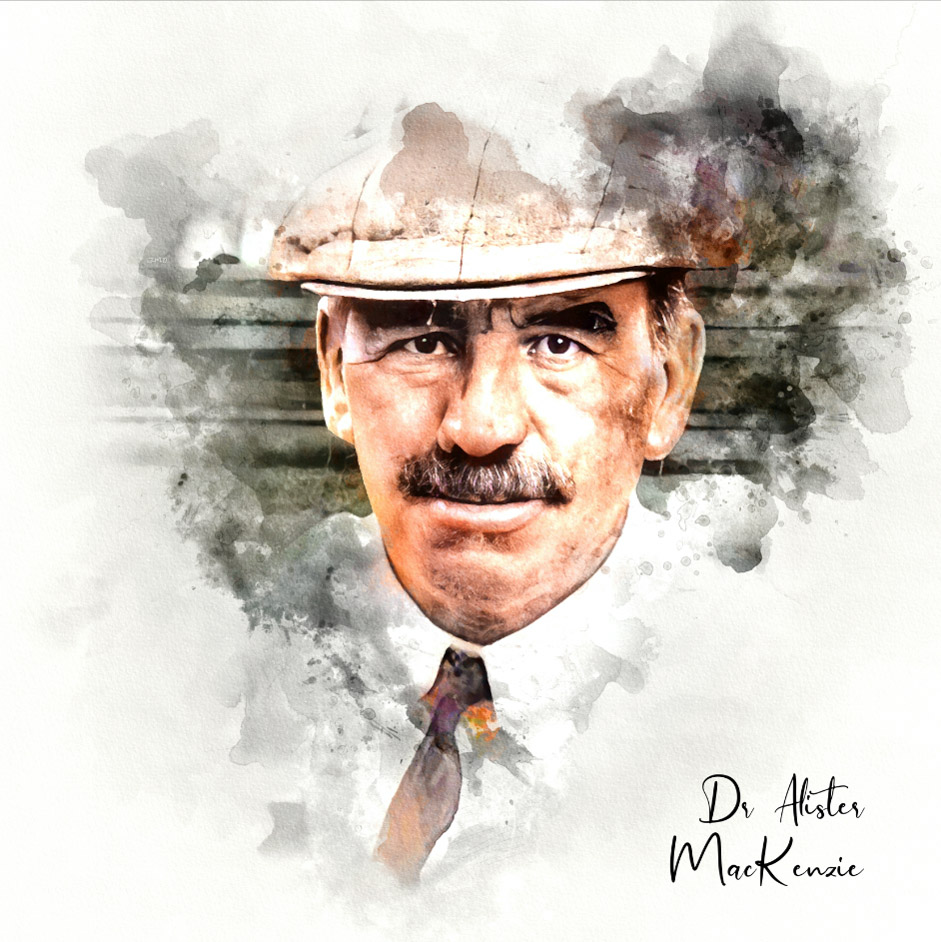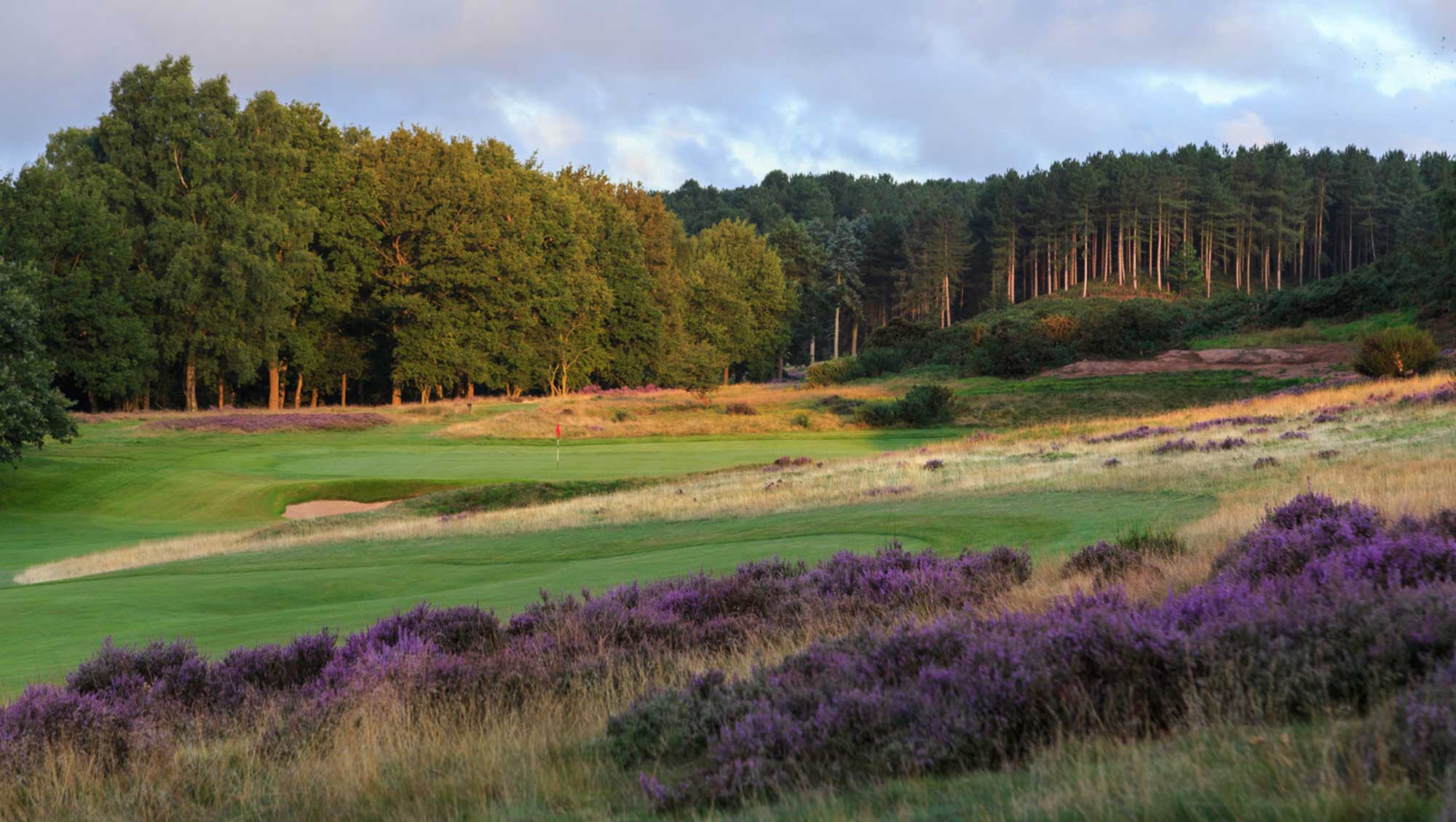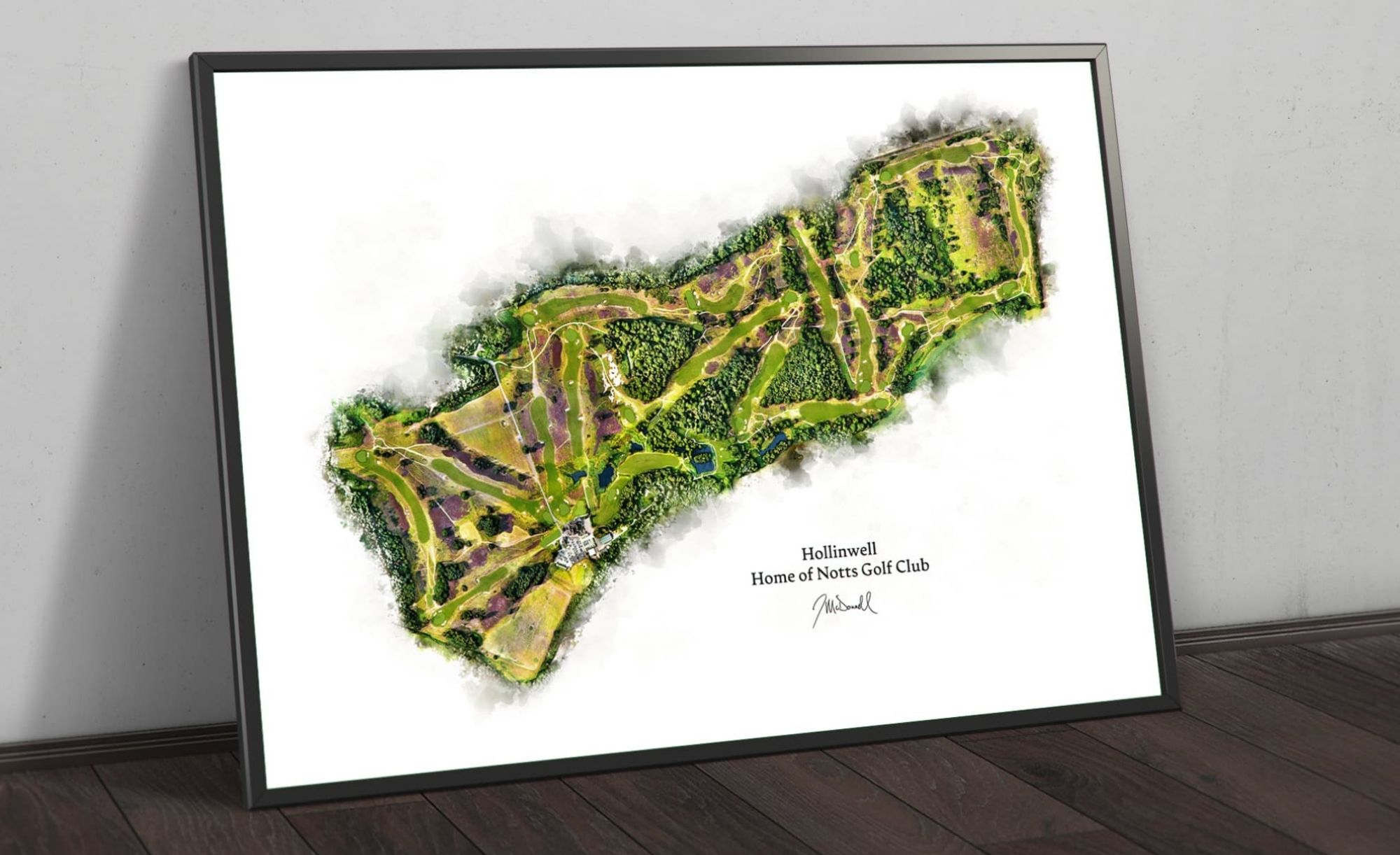Hollinwell

Overview
The club has 20 holes on site. The alternate 8th and 9th can be tacked on to Holes 1-7 to create a 9 hole loop which brings you back to the clubhouse.
The name Hollinwell comes from the spring by the 8th tee - the name is a derivation of 'Holy Well.'
Tom Williamson served the club with an incredible 50 years of service as Keeper of the Green and 54 years as Professional! He played in all but three Opens from 1897 to 1936 finishing in the Top 10 six times!
The freehold of the land was purchased from the Ecclesiastical Commission in 1924. Sunday play soon thereafter followed.
Tom Doak recommends golf architecture students pay special attention to the routing.
Golf Course Review
Hollinwell (formerly known as Notts Golf Club) is located in the heart of Robin Hood country - Kirkby in Ashfield, Nottingham, Nottinghamshire. Hollinwell is one of the very finest examples of heathland golf in England, the UK, and Ireland.
Early History of Hollinwell
Established in 1887 as the Nottingham Golf Club, its name was changed to Notts Golf Club in 1893. The club moved from its 6 hole golf course on the Meadows by the River Trent to a six-hole course in Bulwell Forest. It was extended to 9 holes in 1891 and further extended to 18 holes in 1894.
In 1901, the Notts Golf Club relocated and settled in Hollinwell. It was reported that Willie Park Jr used 220 acres to design 18 holes extending to 5880 yards, with holes ranging from 160 to 500 yards. Situated in a natural valley, the topography is utilized to the full. The genius behind the routing was Willie Park Jr who laid out the course in 1901 with J.H. Taylor and Tom Williamson placing the bunkers in 1902. The cost for the links and clubhouse was £3500. By 1906, the course measured 6050 yards. The conclusion? Hollinwell has always been a long course since its inception.
Early on, The Great Central railway constructed a station and train line to access the course from the nearest metropolitan center. In 1912, Tom Williamson added three holes to make the course what it is today. He is responsible for the opening three holes and the 13th. Some of the remaining holes can be attributed to Park Jr - although with different sequencing.
By 1920, it was reported that additional land was acquired and many of the early holes 'on the hills on the far side' were abandoned. It was heralded as good as Walton Heath, Sunningdale, and St George's Hill having elements of each. In 1935, Golf Illustrated called it the best inland golf course in the British Isles.
Hollinwell Architectural Heritage
Hole 1 & 2 - Tom Williamson
Hole 3- Tom Williamson & Frank Pennink
Hole 4 - Willie Park Jr
Hole 5 - Willie Park Jr & Frank Pennink
Holes 7-9 - Willie Park Jr
Holes 10-12 - Willie Park Jr & Frank Pennink
Hole 13 - Tom Williamson
Hole 14-17 - Willie Park Jr
Hole 18 - Willie Park Jr & Frank Pennink
The Tale of the Scorecard
The course has five sets of tees with the course playing from 5493 to 7250 yards. Of interest, there are only three Par 5's - averaging 543 yards from the Blue Championship Tees. Offsetting them are three Par 3's - averaging 202 yards if played from the tips. It can be stretched to provide the championship test sought after by so many, including the R&A.
A History of Attention to Agronomy
The course is laid out over 400 acres of free-draining sandstone. A perfect environment for fine grasses to flourish, the website states the course is maintained in accordance with R&A agronomy advice and guidelines. Naturally dry, firm and well-paced - chemical, fertilizer and water inputs are kept to a minimum and mowing heights are not taken below 4mm.
The club is proud not to chase 'fast' greens as the club's agronomic and environmental objectives are aligned with producing an authentic heathland golfing experience. This represents an informed decision that is conveyed well and sets the expectations - a very sensible approach that could and should be replicated by more clubs across the world.
Independent Reviews of Hollinwell
Read Golf Club Atlas' review of Hollinwell.
Take Sean Arble's tour of Hollinwell.
Read Clyde Johnson's analysis of the 11th hole.
Hollinwell Artwork

Hollinwell - Videos
WATCH NO LAYING UP'S VISIT TO HOLLINWELL GOLF CLUB

Featured Architect: MacKenzie, Alister
As taken from his book, Golf Architecture, Alister MacKenzie felt the following were essential: The course, where possible, should be arranged in two loops of nine holes. There should be a large proportion of good two-shot holes and at least four one-shot holes. There should be little walking between...










